By Erin Donaldson
A cereal is basically a grass which is cultivated for its “grain.” Most grains undergo a refining process to some extent which extracts the edible portion. While protein is definitely a priority in any survival situation, the body will not function fully unless it has carbohydrates too. Carbohydrates are the body’s favorite type of fuel, easily utilized, used by all the tissues, necessary for the central nervous system, kidneys, brain, muscles, and vital for intestinal health and waste elimination. Carbs = Energy
One last note. There are good carbs and bad carbs. All the grains I am going to present to you today can be processed in good and bad ways. How you cook, or process the grain either opens up the nutrition and makes it an easily absorbed nutrient, or can just create an empty filler with no real value except to fill you up. Note, one of the easiest and most nutritious ways to eat any grain, is to sprout it. Sprouting is the process of allowing the seeds to germinate or become a seedling. Sprouted grains can be made into breads or breakfast cereals and even added to soups or salads. Once you germinate the grain it becomes high in vitamin B and C, which are both essential building blocks of nutrition and which help to prevent diseases like scurvy, and rickets.
#10 Wheat
Definitely the most controversial of grains, wheat has largely become the 21st century “monster” in our closets. To fully understand this grain we must talk about its history. The Egyptians were the first to make bread using wheat. A famous Biblical account shows the Israelites crying for their fine breads as they were leaving Egypt. Unfortunately, wheat has changed a lot since those times. Hybridization, overconsumption, genetic modification, and a higher gluten content has greatly impacted its nutritional value. In most cases wheat itself isn’t bad, until you start checking up on the farming and processing. Most commercial wheat is heavily sprayed with cancer-causing glyphosate, and then highly refined into a flour which is nutritionally dead. If you are going to stockpile wheat, go for the ancient variety Einkorn which has a much simpler structure, lower gluten content and higher nutrition. When make bread, try fermentation with sourdough starter, as the fermentation process will further lower the gluten content and increase the nutritional value tremendously. (Source)
#9 Corn
Corn, like wheat, must be carefully sourced and properly prepared to give us the nutrition we need. American preppers should know that the US is #1 in the world for GM, or genetically modified corn. GM corn is literally drenched in glyphosates and linked to bee colony collapse. (Source) Thus, to buy or purchase anything less than a heritage organic variety is not going to do anything for your health in a survival event. The best way to prepare corn for maximum mineral absorption is to follow the footsteps of the American Indian, soak it in lye water (potash) until the entire shell (or bran) comes loose and rises to the top. This process will take a couple days but the end result is a kernel twice the original size which can be ground up into “grits” and consumed as a highly nutritious breakfast cereal.
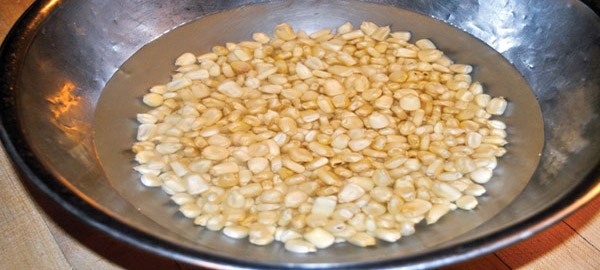
#8 Oats
A great wheat alternative, most oats are either lower in gluten or even gluten free based on the variety and how it’s processed. Again, GM oats are nutritionally dead and will have no benefit as a survival food except to fill you up. Oat flour is one of the easiest “non-gluten” flours to cook with as it closely mimics wheat. For oatmeal, try to get “steel-cut” oats. Basically the oat grain has been cut in half by a steel blade and can be soaked or boiled to create an oatmeal which is high in nutrition and energy. Rolled oats are ok too, but just know that because they are treated with a heat process to break down the grain, they are absorbed much faster, which causes energy spikes. On the other hand, rolled oats can be mixed with sugar, cinnamon, raisins etc, and packaged to create an easy-to-make porridge while on the go. Create individual packages for your bug-out bag, or store pre-mixed in jars for an easy “just add water,” meal.
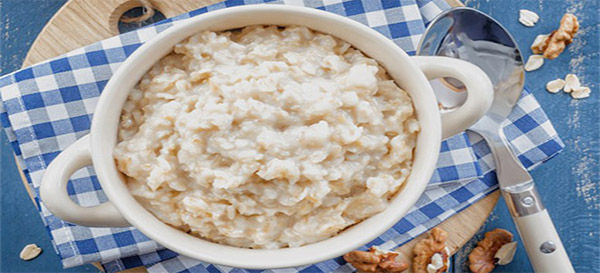
#7 Millet
Considered an “alkaline” food, millet is great for preventing kidney stones, and as a wheat alternative. Millet, is more familiarly known as couscous, when it’s cracked. This grain is very tiny but extremely high in copper, phosphorus, manganese and magnesium. Grind into flour, or prepare as a breakfast cereal by adding one part millet to two and a half parts water until it becomes fluffy, like rice. Some prefer to roast the grains before cooking to add a nuttier flavor. To do this add them to a dry skillet over medium heat and stir frequently until they turn a golden color. Millet can be added on top of salad, served as a breakfast porridge or added to bread and muffin recipes.
#6 Teff
The smallest grain in the world, teff is a complete nutrient food which is high in both carbs and protein. Make it as a porridge like oats or add into baked goods. Be sure to store teff, or any grain, in airtight containers in a cool, dry place. Food grade buckets with twist tops can be purchased for bulk storage or you can buy clean 5 gallon paint buckets and use as storage also.
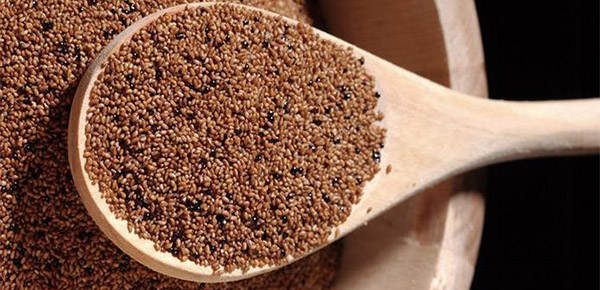
#5 Farro
An enthnobotanical term, farro is spelt, emmer and einkorn, which are all a type of hulled wheat. Farro is most famous for its use in Italian cuisine such as farro soup from Tuscany. Wheatberries are basically farro. The best way to prepare is to soak overnight and then cook in water, or to use in salads and soups. (Source) This grain is high in iron, protein and high amounts of calcium, which is uncommon for most grain and fiber.
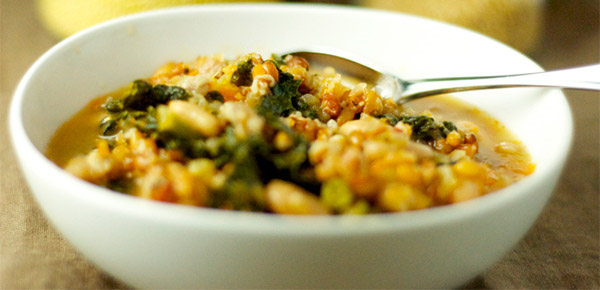
#4 Buckwheat
Like many of the previous grains mentioned, buckwheat can be ground into flour, or boiled in the same way as rice. It has a strong flavor and it noted for the way it fills the stomach with its heavier texture and substance. One tasty way to use this grain, is as a flour added to pancakes. A buckwheat pancake is full of flavor, texture and a little will go a long way, especially if you have a large group to feed. This grain is high in zinc, copper and protein. While many grains are considered to be more carbohydrate in form, some also contain protein which will conserve and build muscle mass while giving you energy.
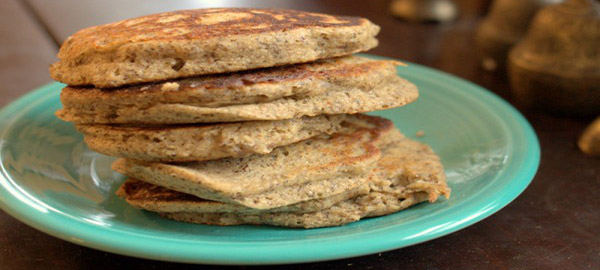
#3 Bulgur
Notable for its fiber content, bulgur is a low fat grain which can be made into porridge or added to other dishes. Much of its history can be traced to the cultural foods of Turkey, and many nearby parts of the Middle East and India. If you have ever eaten Tabbouleh or Kibbeh, then you will recognize the taste of bulgur. It can be compared in texture to couscous and is a healthier cousin of wheat. In fact many times the “groats” which we call Bulgur come from durum wheat. (Source)
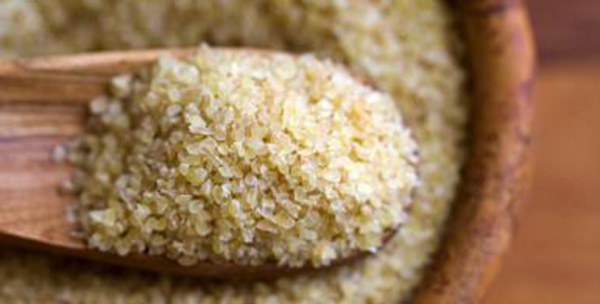
#2 Barley
If you hail from an agricultural background then you have probably fed your animals COB (Corn, Oats, Barley) at some point. Barley is high in vitamins, minerals and antioxidants. Sprouted barley is a great addition to salads, can be added to smoothies or added to soups. High in fiber, barley is a slow digesting carbohydrate which means you will have energy for longer periods.
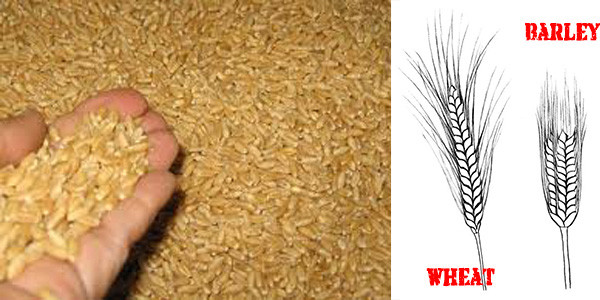
#1 Quinoa
First of all, I am a bit biased. As I present to you these 10 grains, I have tried to loosely rank them based on their benefits. Truthfully anything from 1 through 7 can be ranked almost any way you want just based on taste, preference and intended use. Many of these grains are easily available almost anywhere.
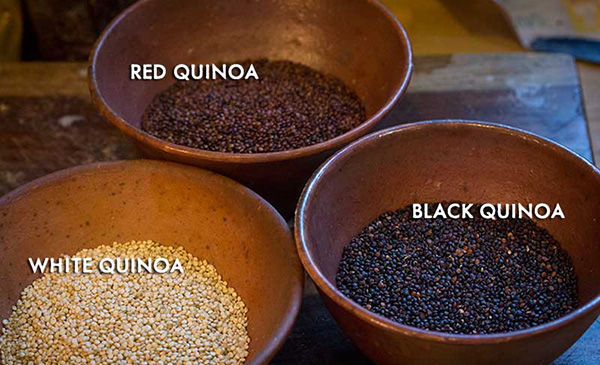
Quinoa is a cultural food which hails from Peru, Ecuador, Bolivia, Chile, and Colombia, but is not a true grass like wheat or oats, and is classified as a pseudo-cereal. (Source) A very simple grain to prepare, quinoa is my favorite grain for storage and survival. In fact, quinoa is such an amazing cultural food and popular grain, that 2013 was declared “The International Year of the Quinoa” by the Food and Agricultural Organization of the United Nations.
Quinoa is high in anti-inflammatory compounds, has more protein than red meat, and high amounts of heart-healthy fats. Even better, the process of boiling, cooking, and steaming quinoa doesn’t seem to impact nutritional value, like it does other types of grains. Add in the fact that quinoa is easy to cook.
If you are on the move quinoa is excellent. The easiest way to cook it is to place in a saucepan at a ratio of 2:1, water to quinoa. Bring to a strong rolling boil, and then shut the heat off, and put a lid on it. It is finished cooking when a “ring” falls off and the grain goes from white to a more translucent shade, usually 20 minutes, or 45 minutes (but fluffier) if allowed to soak with the heat off. It is easy to grind up into a “grit” consistency for breakfast porridge or can be substituted for rice in most recipes.
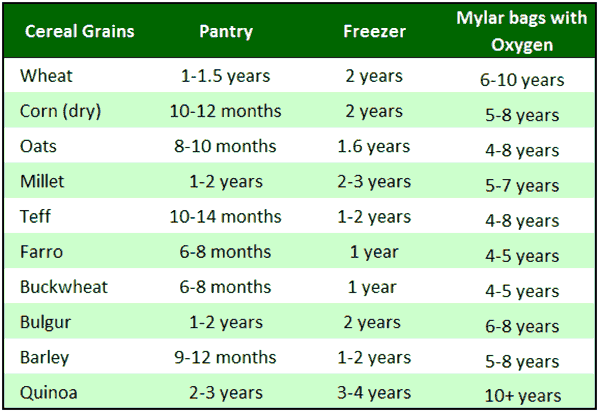
You may also like:
 How to Prepare For the Coming Food Crisis
How to Prepare For the Coming Food Crisis
10 Things Cowboys Carried With Thm in the Wild West to Survive (Video)
Additional References: Healthy Food Nutrition

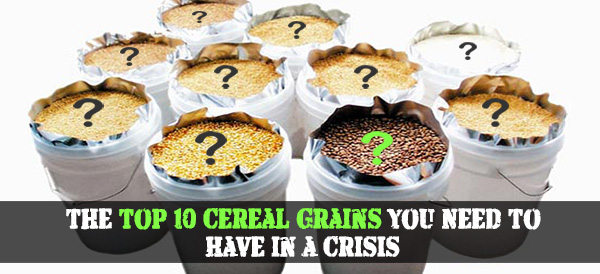
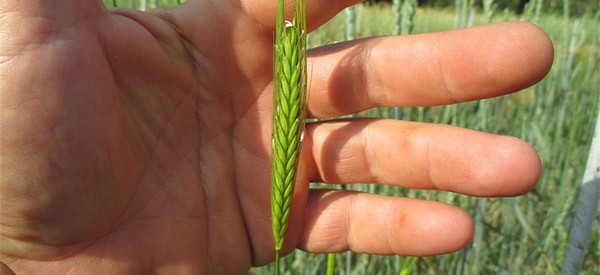
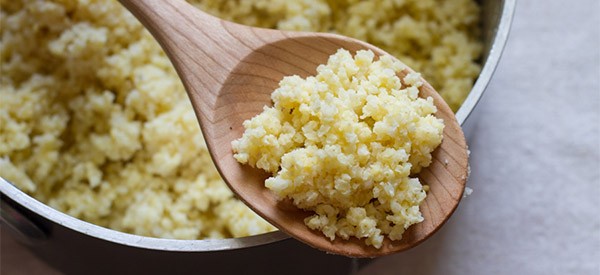










very informative.. will try planting some in my garden this year. see which of them like the weather here. thank you for this list.
I’m also thinking on planting quinoa, but I have to read ore about it first.
http://www.rareseeds.com/search/?F_Keyword=Quinoa
http://www.motherearthliving.com/food-matters/discovering-ancient-grains-what-is-quinoa.aspx
Baker Creek Heirloom Seeds carries most of these grains and are non gmo.
Just curious, why isn’t rice on the list? It’s readily available. Easy to prepare and when stored properly has a long shelf life. I know it doesn’t have the same nutritional content of many of the grains listed but I’ve always thought of rice as a good survival food. Please enlighten me. Thanks in advance.
First, I am not a nutritionalist and have no background in assigning nutritional value to food. However, as I understand it, white rice is actually low in food value. While U.S. long grain white rice is generally tasteless, the short grain rice favored in the Far East is quite tasty and is eaten for its gustatory pleasure. It is true that white rice will store a long time and it does serve some nutritional value, other grains have more bang for the buck as it were. Brown rice which is actually unmilled rice has more food value but because it has more fat content will not store as long. One of the last shoguns of Japan died of beriberi because white rice constituted such a significant part of his diet. A diet largely composed of white rice will lead to beriberi which is a vitamin deficiency disease.
Bartman, rice was never a consideration not because it won’t do as a survival grain in a pinch, but to reiterate left coast chuck, it IS quite low in food value. If you couldn’t afford or obtain anything else for survival prep then rice is definitely a last ditch option. However, most rice is grown in China and just due to environmental toxicity is often high in heavy metal content. Even American rice (which mostly comes from Arkansas) is nutritionally depleted due to low soil fertility AND GM crops, which should be avoided when possible. However, wild rice IS fairly nutritious and could have been on the list.
couple of things – oats will store longer and you have a ready access to seed if stored whole rather than ground or rolled – the other problem I have with this list is most if not all of these grains take a lot of land and effort to plant for a small gain – amaranth (same family as Quinoa) is a complete protein and some of the strains will give you a pound of grain from a single plant, plus the leaves are also edible and nutritious.
Other than that I think your list is nicely complete concerning the nutritional content and the reference to heritage strains of the listed choices. GMO and hybrid strains are mostly infertile therefore useless in terms of survival.
cklovern, I had not considered the implications of cultivating the grains, not just storing them. However, your approach is totally valid. I have heard that quinoa and chia particularly, is very time and labor intensive as we have some friends who cultivate it. It wouldn’t be too far of a stretch to infer that the others are too.
Couscous is not millet. If you look at couscous in the store you will see that it is wheat based. They look similar, don’t taste the same.
No Amaranth? Chickens love it too . . . Also, hard red wheat will keep 30 years with the O removed (I use dry ice, and store in 55 gallon drums — 400 pounds). And with all those grains, you better have a lot of beans to make up for things the wheat is missing. I store pinto beans the same way.
good info thanks.
I’ve eaten a lot of quinoa, and I find we have to use a 3:1 water to grain ratio to cook it correctly, not 2:1 as you have it. Try it both ways; you won’t like the 2:1 version because it won’t be fully cooked.
I also was surprised by the omission of amaranth and of wild rice. Wild rice (if you have access) is one of the more nutrient dense grains and it’s delicious. Sorghum is another useful grain. If you are looking for seeds I would suggest Baker Creek Heirloom Seeds – they have a good variety and they’re non gmo.
Millet = couscous???
Not in the real world; try a web-search of the two words.
Best regards.
So rice is deficient of most everything that you need. Boy, will the vegans be surprised by that! Have heard that all you need to make up for the lack of meat is rice and beans. Guess you can not trust anything nowadays. Oh, wait the internet is also suspect.
Rice and beans together is the key concerning protein.
I’ve read that our voracious demand for quinoa has made it far more expensive for the people who eat it traditionally.
In other words, hipster Americans are taking food from folks in South America.